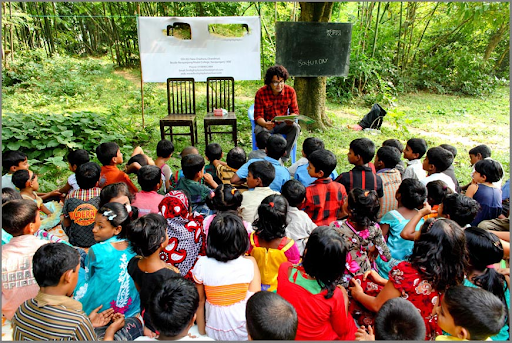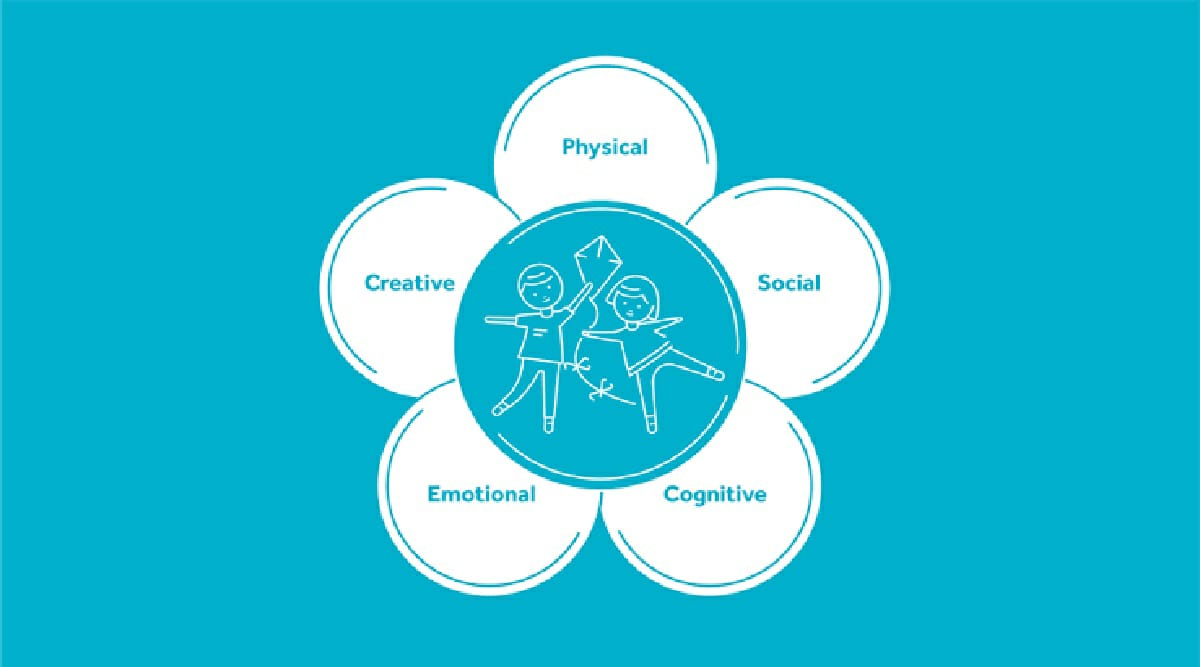
Just like his classmate, Shyne, Moe spends at least four hours a day on a highway selling food to drivers. I do not want to waste my time,” Myat 15. I stopped worrying because I want to do so many things. “I’ve received lots of encouragement and a sense of belonging from my classmates and teachers. Myat became ill working in a garment factory to support her family until she joined the programme. Myat, 15, with her younger brother, who also recently joined the NFMSE program. “However, since I joined the centre, I’ve received lots of encouragement and a sense of belonging from my classmates and teachers,” she says. Myat started having stress headaches every day and feeling depressed shortly after starting work at the factory and says she received almost no emotional support from her colleagues, who blamed and scolded her for even the smallest mistakes. I did not like my life as a factory worker.” “I was worried a lot about my future when I was told that I could not transfer to a school here and started working at the factory. She was unable to obtain a card granting her permission to transfer from her previous school and as a result the schools in Hlaing Thar Yar refused to accept her. I thought that my family could stay long enough for me to complete my education,” Myat, 15 says. “When I moved to Hlaing Thar Yar three years ago, I heard there were many jobs here because it was a satellite township. “They help me to better understand my friends’ perspectives and learn to respect them.” “Everyone should have a second chance in their lives,” Shyne 17.ĭespite his hearing disability, Shyne feels supported by his classmates and teachers and enjoys coming to the centre. “Despite these difficulties, I come to study almost every day because I love class discussions,” he says. Shyne is also hearing impaired, compounding the challenges he faces in accessing education, but nonetheless remains determined to go to class. He works from morning until early afternoon before leaving for a school near his home in Hlaing Thar Yar, an industrial zone on Yangon’s northwestern outskirts, where he attends a two-year Non-formal Middle School Education (NFMSE) programme that will allow him to transfer to a formal upper secondary school upon completion.
CHARACTERISTICS NON FORMAL EDUCATION DRIVERS
Shyne, 17, sells food and drink to truck drivers on a highway – demanding and dangerous work, but the only means he has of supporting his family. Children who are not in school should have other options to learn because education is the basis for the realization of other fundamental rights. He believes that “everyone should have a second chance in their lives”. To mark Human Rights Day, UNESCO Bangkok spoke to children and teachers in Hlaing Thar Yar NFE programmes about what education means to them. Non-formal education (NFE) can be a lifeline to education for these learners.

A 2015 assessment by the International Labour Organization shows that many 13-15 year-old children in the township work over four hours a day, mainly to support their families.

One of the factors contributing to this trend in Hlaing Thar Yar is the need for youth to work at an early age. While employment opportunities may abound, education prospects for many of the children of these families can be grim.Īccording to the UNESCO Institute for Statistics, there were 284,278 children known to be out of school in Myanmar in 2014 – 5.5% of the country’s population.


We also offer areas for future research in environmental education programming and methods for evaluating program effectiveness.The more than 100 factories in Myanmar’s Hlaing Thar Yar Township draw migrant workers from across the country and the township’s location between Yangon and Ayeyarwady Divisions make it a popular temporary home for mobile families looking for work. We discuss the implications of these findings for K-12 environmental science pathway program stakeholders. Additionally, findings demonstrate a lack of statistically validated participant recruitment strategies, teaching methods, and program evaluation techniques. This review reveals that while several programs target particular underrepresented demographic groups, program objectives are not always aligned with increasing diversity in the field or retaining those participants in environmental science careers. We conducted interviews with non-formal environmental education programs aimed at K-12 student participants to: 1) understand the current objectives of non-formal environmental science-focused K-12 diversity pathway programs 2) learn techniques used to recruit and engage participants with the ultimate goal of advancing them along an environmental science diversity pathway and 3) identify current evaluation approaches used by environmental science-focused K-12 diversity pathway programs to evaluate program effectiveness and recruitment techniques.


 0 kommentar(er)
0 kommentar(er)
